The amber tears of Lithuania have long been a source of fascination, both for their haunting beauty and the rich history they embody. These golden droplets, formed over millions of years, are more than just fossilized resin; they are windows into a distant past, carrying secrets of ancient forests and forgotten worlds. Found along the Baltic coast, Lithuanian amber has been treasured since prehistoric times, traded along routes that stretched as far as Egypt and Rome. Its allure lies not only in its warm, honeyed hues but also in the way it captures fragments of life—tiny insects, plant matter, even air bubbles from epochs long gone.
For centuries, amber has been woven into the cultural fabric of Lithuania. Known locally as "Baltic gold," it features prominently in folklore, where it is often said to be the tears of the goddess Juratė, who wept for her lost love. This poetic imagery adds a layer of mystique to the stone, elevating it beyond mere ornamentation. Artisans in the region have mastered the craft of shaping amber into intricate jewelry, amulets, and even religious artifacts, each piece telling a story of craftsmanship passed down through generations. The Palanga Amber Museum, housed in a restored 19th-century manor, stands as a testament to this legacy, showcasing thousands of specimens that highlight amber’s natural diversity and artistic potential.
Beyond its aesthetic appeal, Lithuanian amber holds scientific significance. Researchers study these resinous time capsules to glean insights into prehistoric ecosystems. The inclusions trapped within—be it a mosquito from the Eocene epoch or a strand of ancient moss—provide invaluable data about climate, flora, and fauna from tens of millions of years ago. Modern techniques like CT scanning have revolutionized the study of these inclusions, allowing scientists to examine them in unprecedented detail without damaging the amber itself. This intersection of art and science makes Lithuanian amber a unique bridge between the past and present.
The extraction and trade of amber have not been without controversy. In recent years, illegal mining and smuggling have posed significant challenges, with organized crime networks exploiting the high demand for Baltic gold. Environmental concerns also loom large, as unregulated harvesting disrupts coastal ecosystems. The Lithuanian government has stepped up efforts to combat these issues, implementing stricter regulations and promoting ethical sourcing. Yet, the black market persists, driven by collectors and buyers willing to pay top dollar for rare pieces. This darker side of the amber trade serves as a reminder of the delicate balance between preservation and exploitation.
Despite these challenges, the allure of Lithuanian amber endures. Tourists flock to the Baltic coast in hopes of finding their own "tears of the gods" washed ashore after storms. Local workshops offer hands-on experiences, teaching visitors how to polish raw amber into gleaming gems. Meanwhile, contemporary designers are reimagining amber in bold, modern creations, ensuring its relevance in today’s fashion world. Whether as a scientific curiosity, a cultural icon, or a personal treasure, amber remains a symbol of Lithuania’s natural wealth and enduring legacy. Its golden depths continue to captivate, inviting us to ponder the mysteries of time itself.
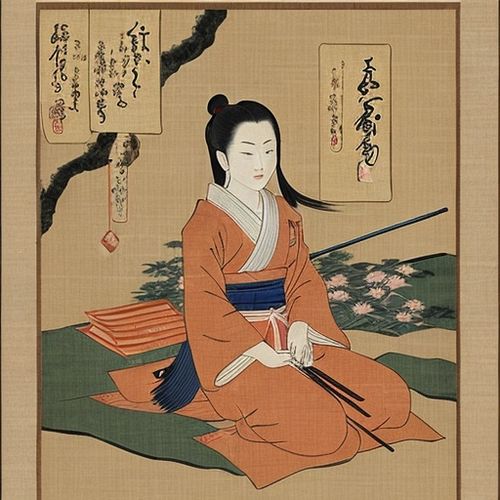
By Thomas Roberts/Apr 28, 2025
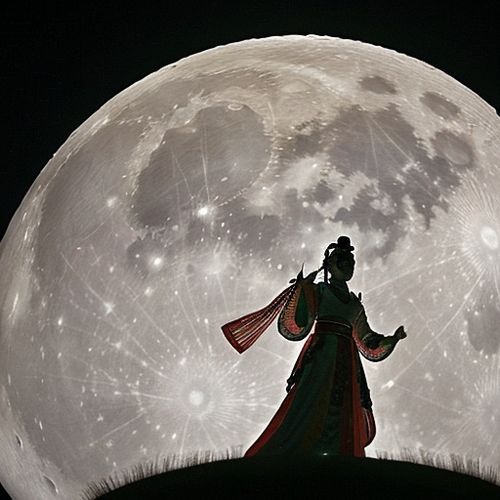
By Samuel Cooper/Apr 28, 2025
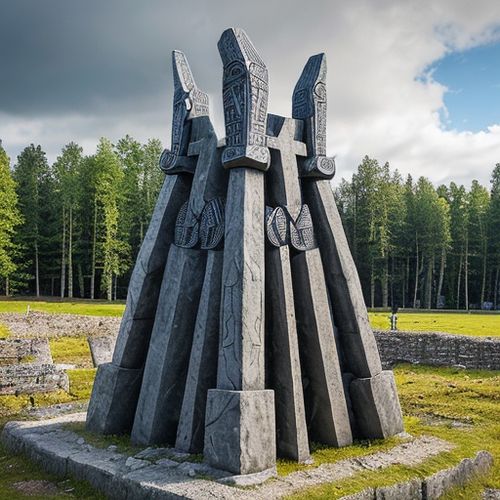
By Michael Brown/Apr 28, 2025

By Emily Johnson/Apr 28, 2025
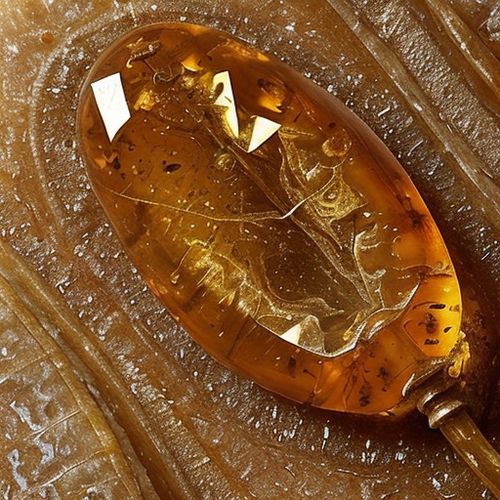
By Daniel Scott/Apr 28, 2025

By George Bailey/Apr 28, 2025
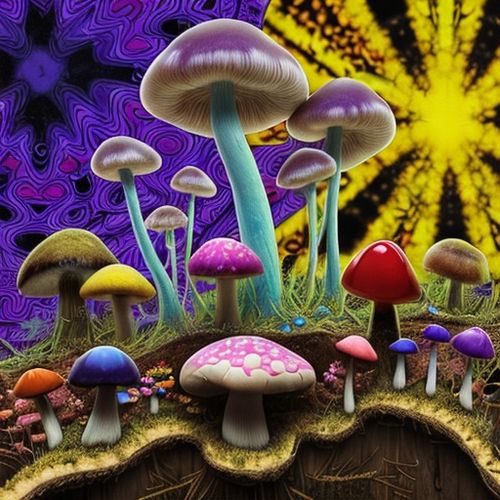
By Victoria Gonzalez/Apr 28, 2025
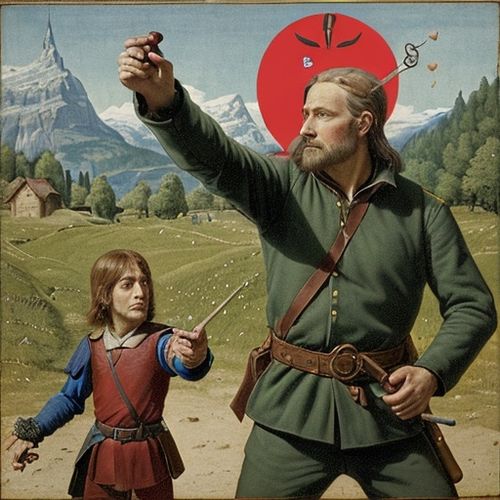
By David Anderson/Apr 28, 2025
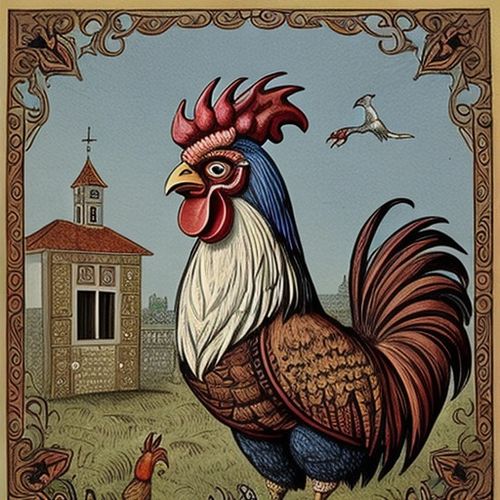
By Lily Simpson/Apr 28, 2025

By Laura Wilson/Apr 28, 2025

By Benjamin Evans/Apr 28, 2025

By Grace Cox/Apr 28, 2025
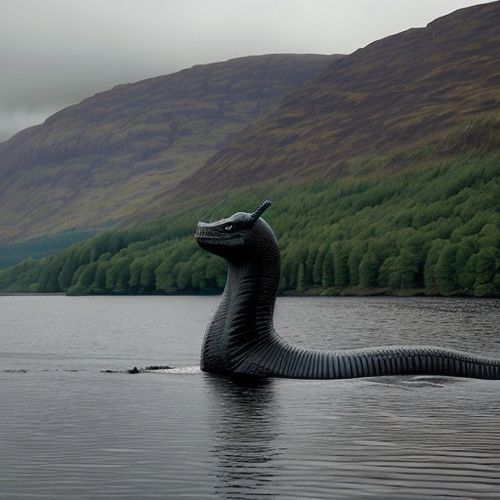
By Ryan Martin/Apr 28, 2025

By Daniel Scott/Apr 28, 2025
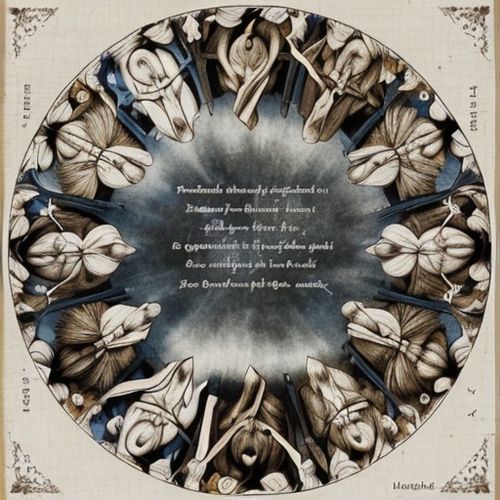
By Elizabeth Taylor/Apr 28, 2025
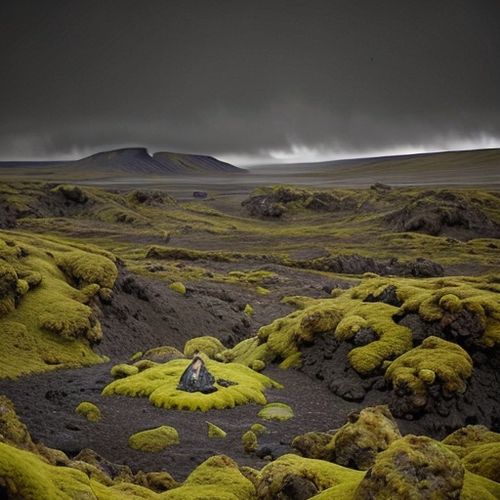
By Joshua Howard/Apr 28, 2025

By Emily Johnson/Apr 28, 2025